Wildlife Crossing Project in Gaviota Awarded $8 Million Federal Grant
Among 19 Projects Nationwide to Protect Big Game and Small
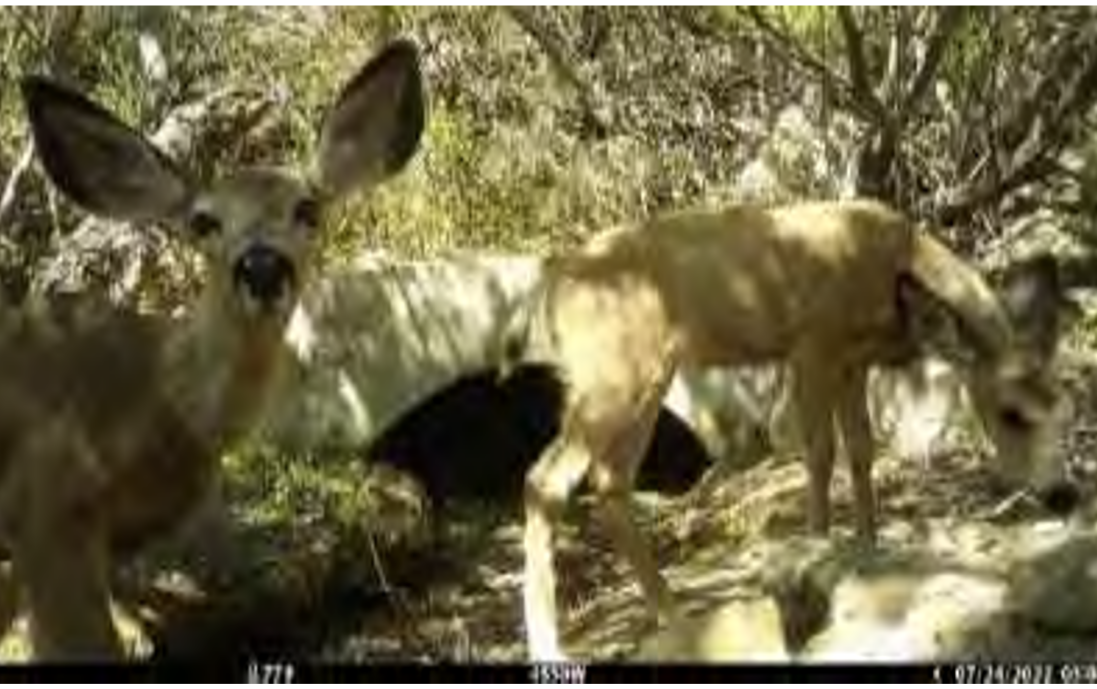
Amid the fine print of President Biden’s 2021 bipartisan infrastructure bill was $350 million toward a Wildlife Crossings Pilot Program through 2026, and through that program the long-sought wildlife crossing in Gaviota received $8 million, Congressmember Salud Carbajal’s office announced today.
A wildlife crossing at Gaviota, the only one to be funded in California, has been a concern for residents for many years. It’s considered an animal strike “hot spot” by the UC Davis Road Ecology Center for the quantity of mountain lions, black bears, mule deer, skunks, and other animals found dead on or beside Highway 101 through the nine-mile Gaviota Pass region in Santa Barbara County.
Carbajal said he championed the creation of the wildlife crossing fund when the infrastructure bill was formed. “I’m proud to see our region as one of the first recipients of its funding to protect Central Coast travelers and our region’s wildlife,” he said.
The Gaviota project was among 19 projects nationwide awarded a total of $109 million for overpasses and underpasses to protect big game — such as moose, bighorn sheep, black and grizzly bears, pronghorn, and herds of elk — and smaller creatures such as salamanders and turtles from impacts with vehicles. Crossings also protect drivers and passengers from the injuries that result when a car or truck hits a 200-pound animal.
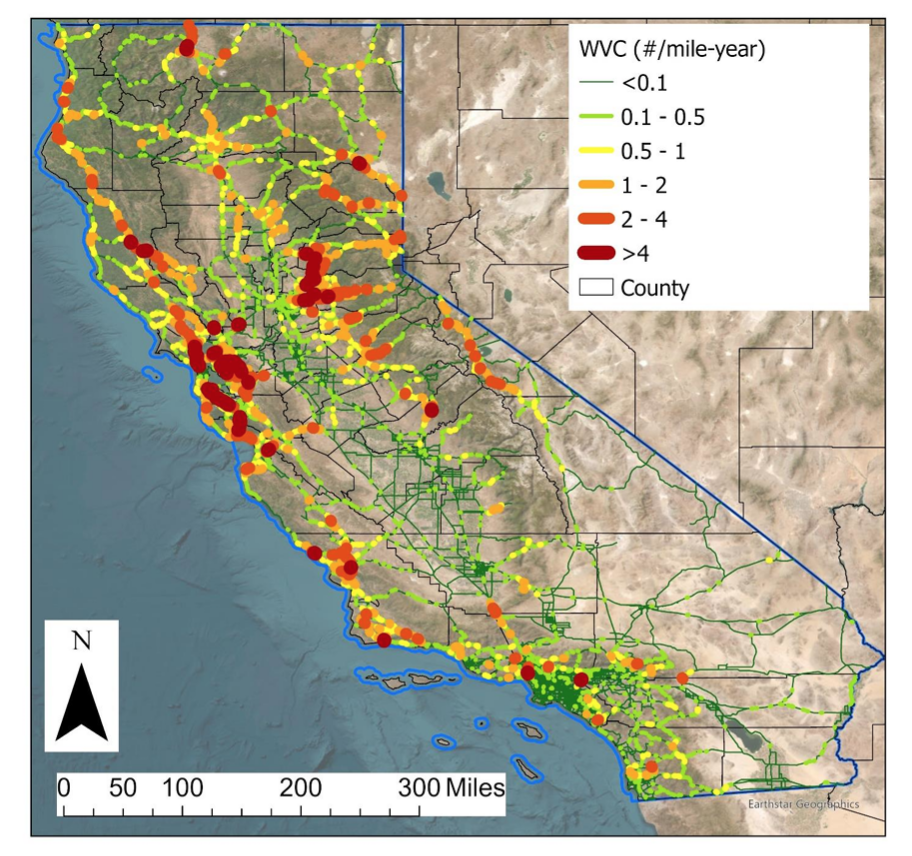
“Commuters who drive from Lompoc and the Santa Ynez Valley on Highway 101 are all aware of the large amount of wildlife killed crossing the highway in the Gaviota Pass, and all the way along the 101 from the Nojoqui Summit to Refugio,” said Doug Campbell, executive director of the Coastal Ranches Conservancy, among the chief proponents of the crossing. “We estimate that 200-300 individual mammals of all sizes are killed here every year and that Highway 101 is likely one of the major factors for declining wildlife populations along the Gaviota Coast.”
Caltrans recently completed a study of animal strikes in the area, identifying one culvert just north of the State Beach with potential as a crossing. The study described it to be a very long, inactive cattle crossing under the highway, used by small mammals, with a skylight, openings narrowed by sediment and vegetation, and loud jarring noises at either end. The work, estimated to cost $10 million, would include enlarging the culvert for mule deer and 2.5 miles of fencing to herd animals toward the culvert and away from jumping into the highway.
Campbell said he’d had the culvert under observation with trail cams for about three weeks, with no sign that animals used it. He was hopeful the fencing would move animals toward the culvert but noted the consultants had recommended a crossing every half-mile in that area.
The consultant’s report stated that improving connections under the highway would benefit coyotes, gray foxes, raccoons, and striped skunks, said Caltrans spokesperson Jim Shivers, adding that deer and mountain lion strikes were recorded for the culvert location. He indicated that Caltrans would continue to work with the stakeholders for future wildlife crossings.

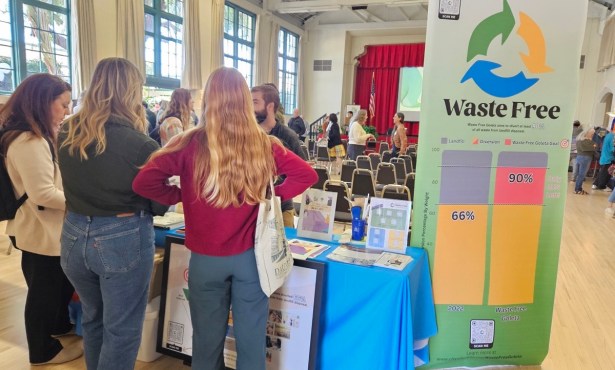
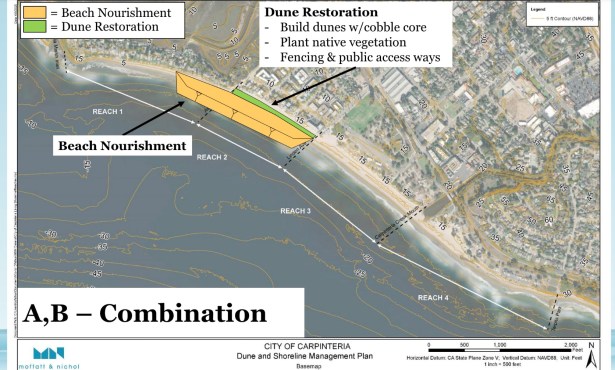
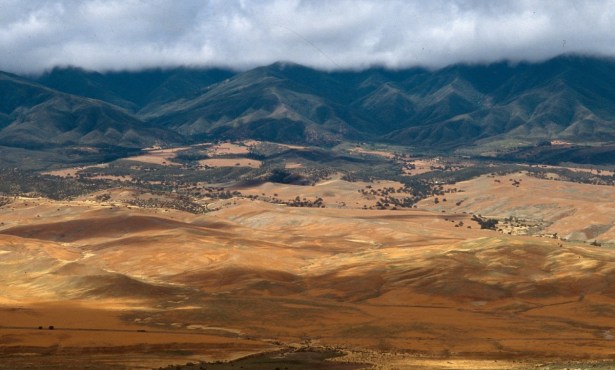
You must be logged in to post a comment.